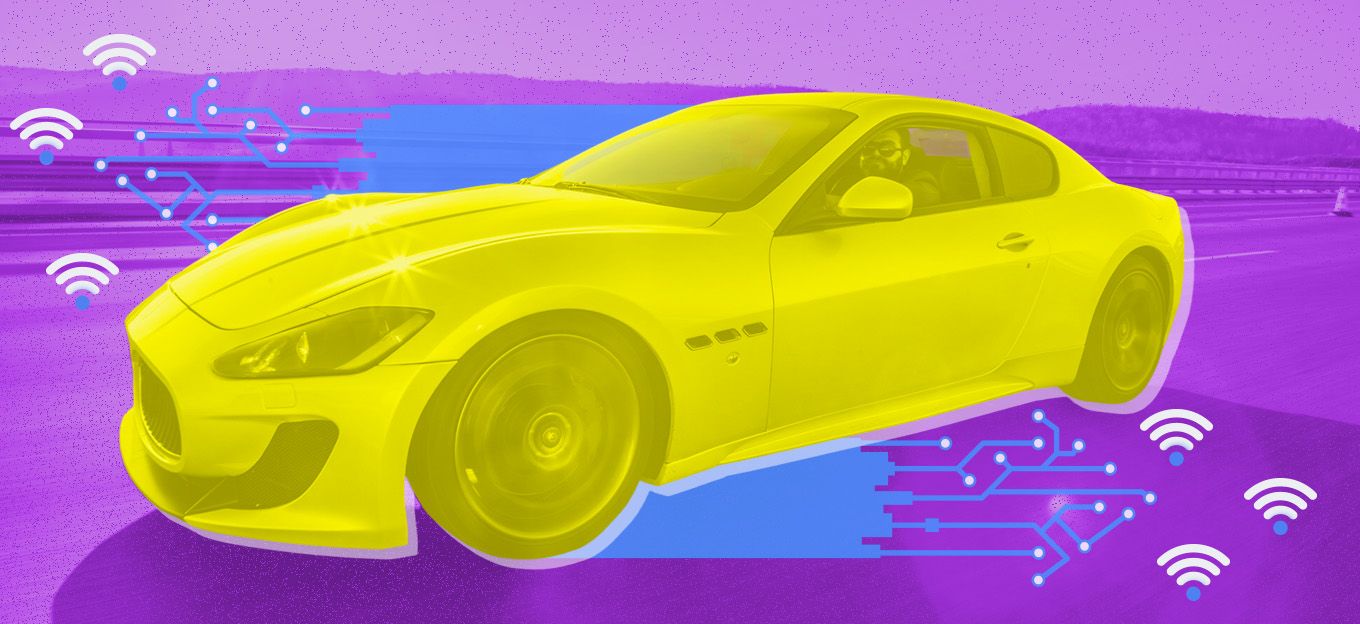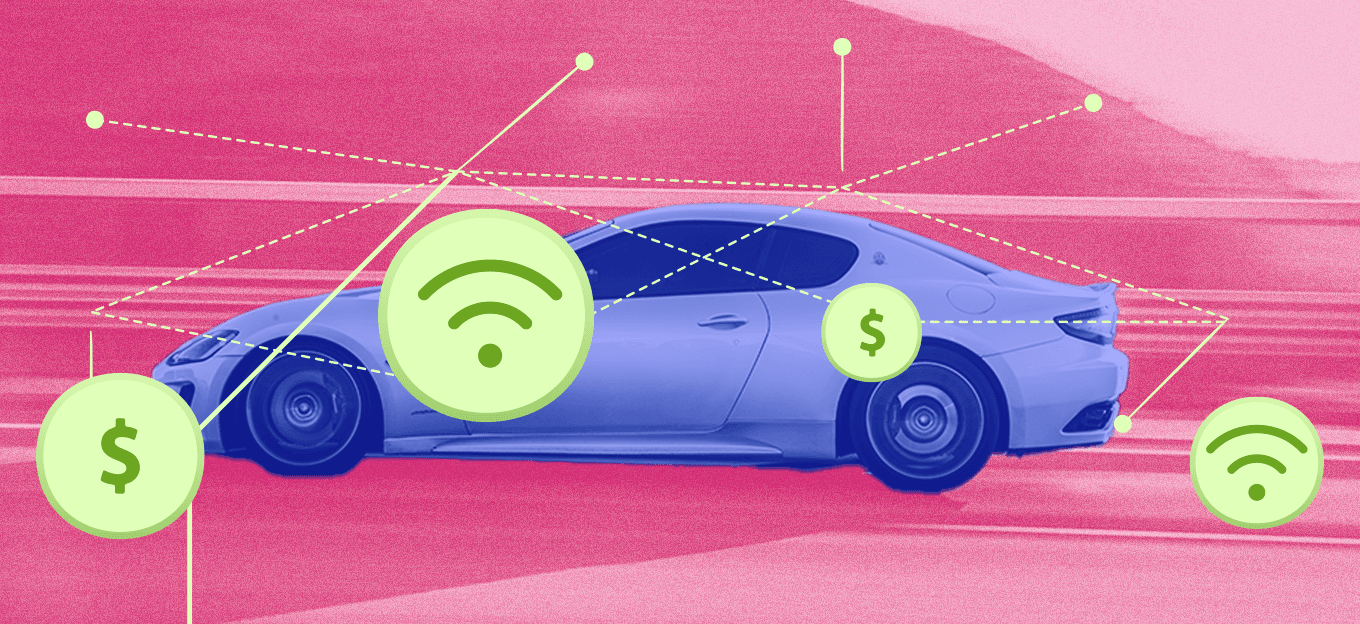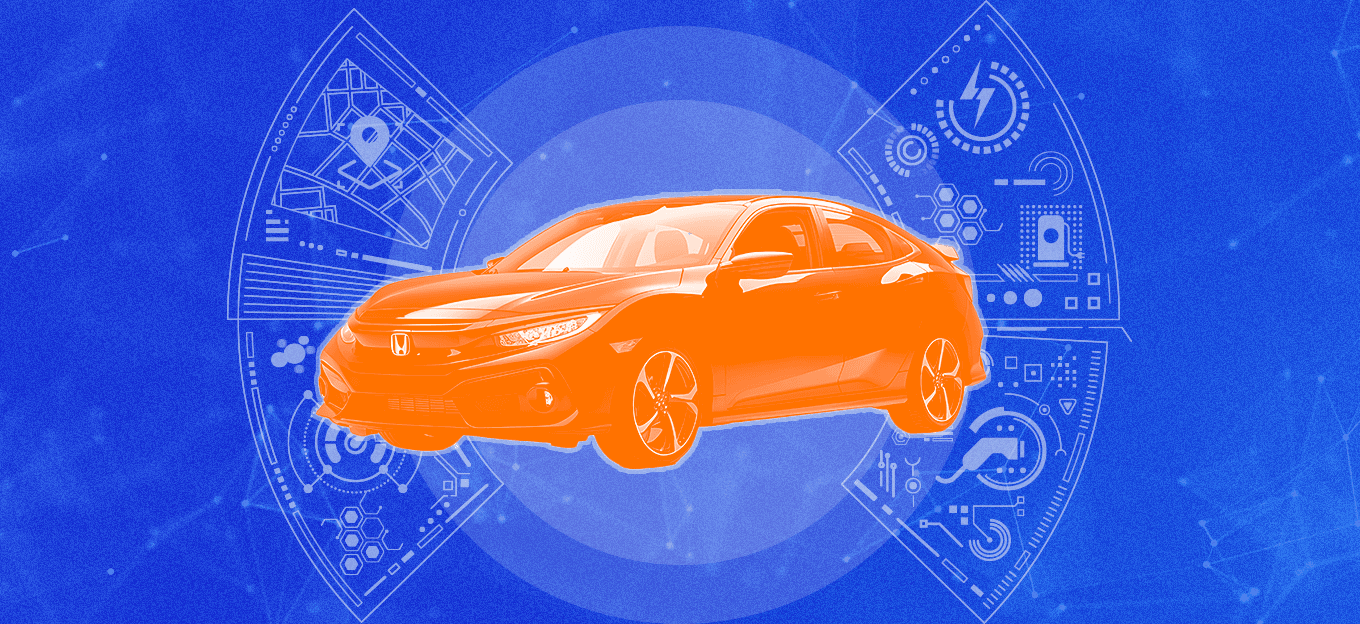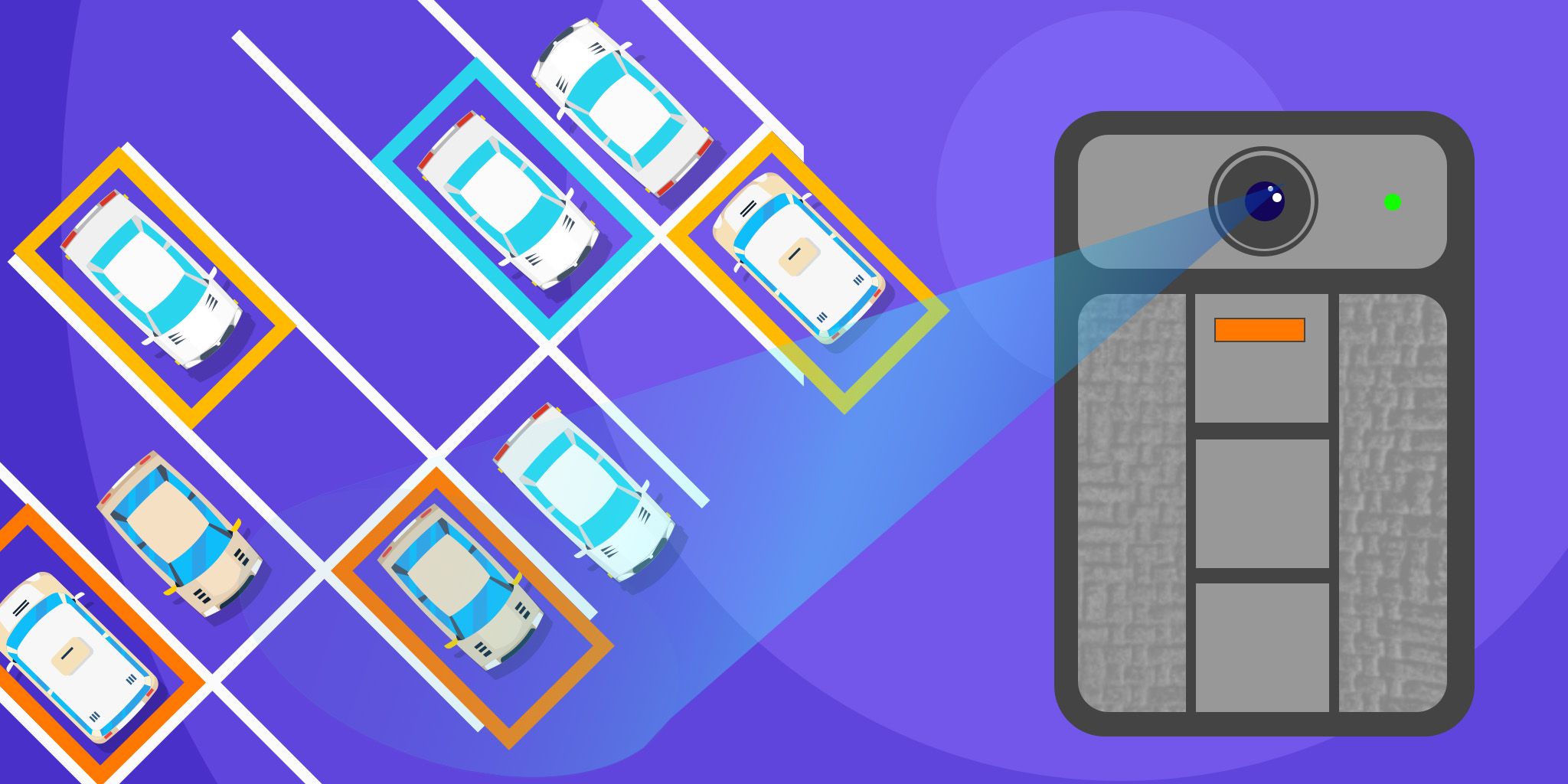From Warning Lights to Insights: IoT and AI in the Driver’s Seat
From Warning Lights to Insights: IoT and AI in the Driver’s Seat
- Last Updated: July 18, 2025
Amod Agrawal
- Last Updated: July 18, 2025



Modern vehicles are packed with technology, yet for most drivers, the experience of car maintenance remains frustratingly reactive. A warning light typically turns on, often cryptic and sometimes urgent, prompting consumers to diagnose the issue themselves or schedule a repair.
While today’s vehicles contain hundreds of embedded sensors generating continuous performance data, much of that information remains untapped for everyday drivers.
What if cars could use their own data streams to anticipate problems, guide drivers in plain language, and even integrate with personal digital assistants? Recent advancements in edge computing, AI, and IoT connectivity are poised to make this vision a reality.
Vehicles are quietly transforming into intelligent sensing platforms that don’t just react to faults but predict them. This helps drivers avoid unexpected breakdowns and turn the vehicle maintenance experience into a proactive one.
The Data Under the Hood
Since the 1990s, vehicles sold in the United States have been required to include an OBD-II (On-Board Diagnostics) interface, which exposes real-time telemetry from the vehicle's Engine Control Unit (ECU). This standardized interface provides data streams on engine performance, fuel consumption, emission systems, battery voltage, and many other parameters that carry useful information about vehicle health. In newer vehicles, these data sources are even richer.
CAN bus networks transmit detailed information from braking systems, steering components, and advanced driver-assistance systems (ADAS). Electric vehicles add another layer with battery health, charge cycles, and thermal management telemetry.
Historically, accessing this data has been the domain of mechanics, dealerships, and fleet managers. But with IoT connectivity and cloud integration, these rich telemetry streams can now power intelligent models that forecast failures before they occur, bringing predictive maintenance directly to consumers.
Predictive Maintenance: Learning to Anticipate Problems
Predictive maintenance has long been a focus area in industrial IoT and fleet management. In consumer vehicles, however, this concept is only beginning to take shape. Current connected maintenance services typically notify drivers when a fault code triggers, but true predictive systems go several steps further.
With increasing focus on high-fidelity infotainment systems and autonomous driving features, vehicles are now equipped with enough computing power to run on-device analytics.
By analyzing historical data trends, on-vehicle machine learning models can identify subtle performance drifts that precede component failures. Time-series neural networks can detect anomalies in sensor readings long before they trigger diagnostic codes.
For example, a gradual decrease in fuel efficiency may suggest clogged injectors or aging oxygen sensors. Temperature deviations in cooling systems may be correlated to thermostat or radiator issues.
These predictive models can also account for external factors that influence vehicle health:
- Driving Behavior: Aggressive acceleration, frequent hard braking, or long idle times increase wear.
- Environmental Conditions: Extreme heat, cold, or humidity can accelerate component degradation.
- Usage Patterns: Highway driving differs significantly from stop-and-go urban commutes in how it impacts brakes, tires, and fuel systems.
By personalizing predictions based on both vehicle data and driver behavior, AI-powered systems offer far more tailored maintenance recommendations than generic service intervals printed in owner’s manuals.
AI: The New Passenger in the Cabin
While many vehicles now offer basic voice assistants, their capabilities often stop at adjusting the music or finding nearby gas stations. The real opportunity lies in connecting AI assistants to the rich telemetry produced by the vehicle itself.
A smart digital assistant that monitors both your car and your schedule:
- “You're braking harder than usual this week. Brake pad life may drop below 20 percent within the next two months. Should I schedule a checkup next weekend on your calendar?”
- “Battery voltage dipped last night during sub-zero temperatures. Would you like me to add a battery test to your upcoming service appointment?”
- "Average tire pressure is trending slightly low. There’s a free air station two miles ahead. Should I add it to your route?”
This conversational interface turns complex diagnostics into actionable advice, bridging the gap between raw sensor data and the everyday driver. These copilots aren’t replacing mechanics but are acting as early warning systems that reduce surprises and increase vehicle longevity.
The power of AI copilots grows when they incorporate context beyond the vehicle itself. Personalized AI agents like Alexa, Siri, or Google Assistant already have access to calendars, commuting routes, travel habits, and even smart home data. When integrated with vehicle telemetry, these assistants can generate truly individualized guidance.
For example:
- Knowing a driver’s daily commute allows AI models to adjust maintenance intervals based on real driving patterns.
- Access to local weather forecasts enables predictions about how upcoming temperature swings may affect tire pressure or battery performance.
- Cross-referencing smartwatch data could help detect driver fatigue and suggest rest breaks proactively.
In this way, the car becomes part of a larger ecosystem of connected devices, where user context can flow seamlessly between various smart environments—home, office, and vehicle.
While predictive models work well in controlled test fleets, deploying them across millions of diverse vehicles introduces challenges. Different car manufacturers, models, and firmware versions produce slightly different sensor signatures.
A predictive model trained on one dataset may not generalize well to another. Edge computing offers a scalable solution by enabling models to be trained directly on vehicles, without transferring raw data to the cloud. Instead, each vehicle performs local training on its data and pushes its learnings to the cloud, preserving privacy while benefiting from collective learning.
Beyond Maintenance: Enabling Entire Vehicle Ecosystems
Once cars begin to generate meaningful, structured data about their health, entirely new ecosystems emerge:
- Insurance: Dynamic insurance premiums could reward safe driving behavior and consistent maintenance history.
- Fleet Management: Commercial fleets can optimize service schedules, reduce downtime, and extend vehicle lifespans.
- Urban Planning: Anonymized aggregated data may help city planners identify pothole hotspots, traffic choke points, or air quality concerns.
- Driver Training: New drivers could receive personalized coaching based on their driving patterns, reducing accidents and wear.
These applications position vehicles not just as transportation devices but as intelligent, adaptive sensors in larger smart-city and smart-home environments.
As AI capabilities move into vehicles, we are witnessing the first steps in a shift from reactive to proactive vehicle care. IoT connectivity enables continuous data collection, edge AI enables real-time and privacy-preserving forecasting, and conversational AI transforms complex diagnostics into simple advice.
While technical challenges remain, such as standardizing data formats, balancing privacy with functionality, and managing diverse vehicle configurations, the long-term benefits are compelling. With AI, our cars are learning to express themselves, and they have plenty to say.
The Most Comprehensive IoT Newsletter for Enterprises
Showcasing the highest-quality content, resources, news, and insights from the world of the Internet of Things. Subscribe to remain informed and up-to-date.
New Podcast Episode

What is Hybrid Connectivity for IoT?
Related Articles





